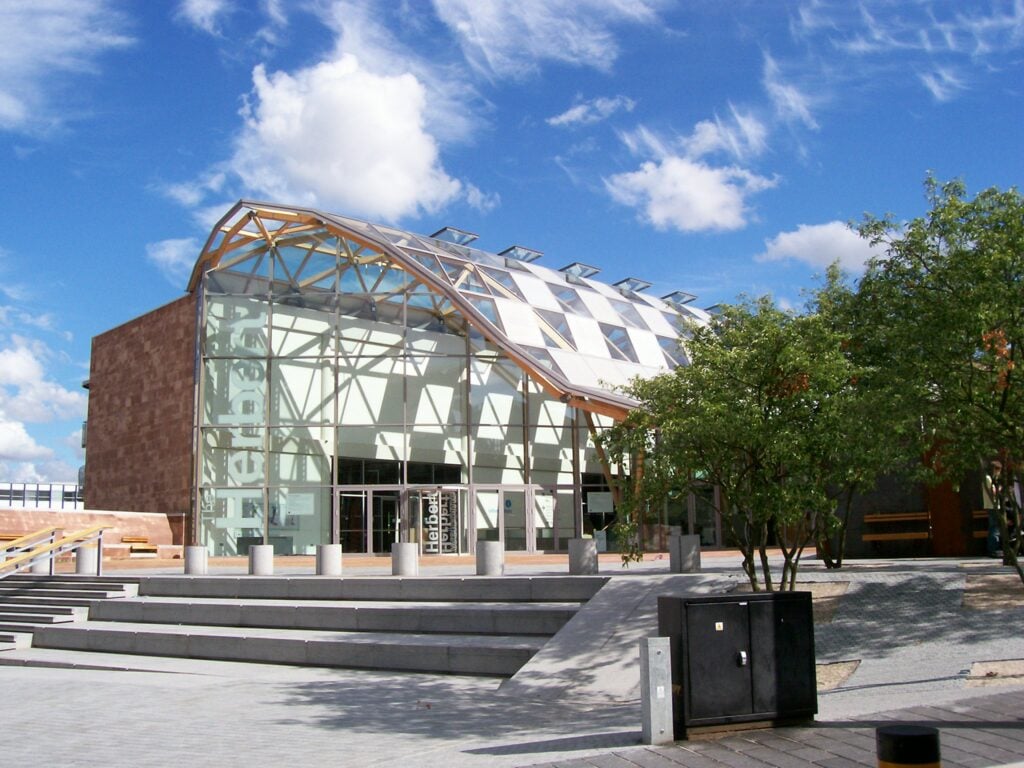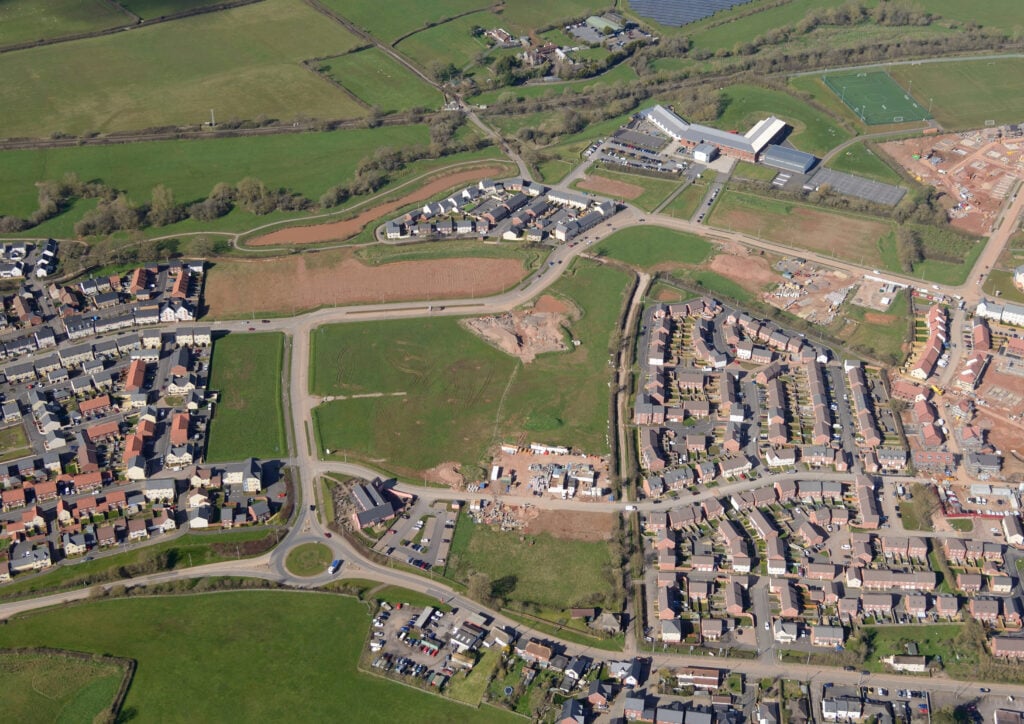
It takes a Planner and a Utilities Consultant…
In conversation with Brookbanks’ Experts Annabel Le Lohé and Mat Capper, they dive into the complex yet crucial relationship between planning and utility management in large-scale developments...
As experienced figures in their respective fields—Annabel leading the Brookbanks planning team and Mat heading the Brookbanks utilities team—they shed light on how their disciplines collaborate to ensure that developments not only meet regulatory requirements but also serve the needs of the community.
Mat Capper, Brookbanks Director of Utilities, shares his expertise in utility infrastructure consultancy. Leading a versatile team across Brookbanks, Mat delivers expert utility consultancy services. From vibrant housing-led projects and innovative mixed-use schemes to bustling commercial logistics sites and cutting-edge data centers, his team is at the forefront of the rapidly changing utility infrastructure environment.
The involvement of the Utilities Team starts at the conception stage of a project ‘cradle to grave in terms of the kind of services we provide’, assessing potential constraints related to existing infrastructure and managing those constraints throughout the lifetime of a project. Utilities network capacity, particularly water and electricity, often present challenges, particularly when it comes to securing capacity for new developments. From this early stage, the team stays engaged through the procurement and distribution of infrastructure, ensuring that the development’s utility needs are fully addressed—from connection points to site-wide distribution.

On the planning side, the job begins from day one, when assessing a site and considering its prospects for potential development. The planning balance is familiar to anyone in the industry and planners must use their pragmatism and expertise to mediate between the competing interests that arise during a development—balancing physical infrastructure needs with other concerns such as viability, ecology, heritage assets, and flood risks.
A planner’s role is… about interacting with multiple disciplines, including utility experts like Mat, to identify constraints early on.
These constraints could involve gas mains, power lines, or drainage systems, all of which need to be accounted for in the masterplanning process. Planners also play a critical role in engaging with stakeholders, from local authorities to community groups, to ensure that developments proceed smoothly and sustainably, more commonly concerns related to utilities are being raised through these forums.

The perception from local communities is that new developments will place strain on their existing services and the fact that historically, utility considerations were often overlooked in the preliminary stages of development planning provides the backdrop to these concerns.
However, this is changing, especially in the capacity of electrical networks and water supplies, which are increasingly becoming areas of focus for both developers and local planning authorities.
Local authorities are now specifically asking for evidence that a site can be serviced before granting planning permission”. This shift is partly due to heightened concerns about infrastructure strain and the growing importance of sustainable development. Developers are now expected to prove that new projects will not only avoid negatively impacting local utilities but may even provide improvements.
Ultimately it is our role collaboratively to explain how “reinforcements made to electrical or water networks to support new developments can result in more reliable services for existing homes.
This highlights an exciting time for those working in planning and utilities. Both agree that for young professionals entering the field, there are numerous opportunities to engage with cutting-edge projects that influence the future of sustainable development.
The conversation also touched on the importance of staying connected with industry developments. In her experience attending major industry events, such as UKREiiF, where professionals gather to discuss the latest trends and challenges, Annabel notes how these events provide valuable opportunities for networking and sharing innovative ideas.
As trusted advisors, both often find themselves contributing to discussions about government policies and industry changes. Their work extends beyond project management—they play a critical role in shaping the future of development by providing insights that help stakeholders navigate the evolving landscape of planning and utilities.
This interview provides a glimpse into the intricate collaboration between planners and utility consultants in today’s complex development environment. As regulations tighten and sustainability becomes more of a priority, professionals like Le Lohe and Capper are at the forefront of ensuring that new projects meet both the practical and social needs of the communities they serve. Their work not only involves managing the immediate challenges of development but also shaping a better, more connected future.
Want to know more about our services? Take a look...

Planning Services

Utilities
The management of a development’s interaction with existing utility infrastructure and coordination of new utility infrastructure is critical to its succes...
View More
More News

Smarter, Integrated M&E Design for a Sustainable Future
July 10, 2025
At Brookbanks, we go beyond traditional mechanical and electrical (M&E) design. Our mission is to ensure that every system we create works seamlessly within the broader context of a project- whether it's a residential development, a commercial building, or a complex infrastructure scheme.

The PSDS Era Ends – Decarbonisations Goes On
June 25, 2025
On 12 June 2025, the UK Government confirmed no new funding will be made available under the Public Sector Decarbonisation Scheme (PSDS). Existing projects awarded funding under Phase 3c and Phase 4 will continue to be supported until completion in March 2027 and March 2028 respectively.

Spending Review 2025: A Step-Change Moment
June 12, 2025
The 11th June 2025 Spending Review marked a profound shift in the government’s approach to housing, planning, and infrastructure — placing long-term affordability, delivery certainty, and strategic investment at the centre of economic policy.

